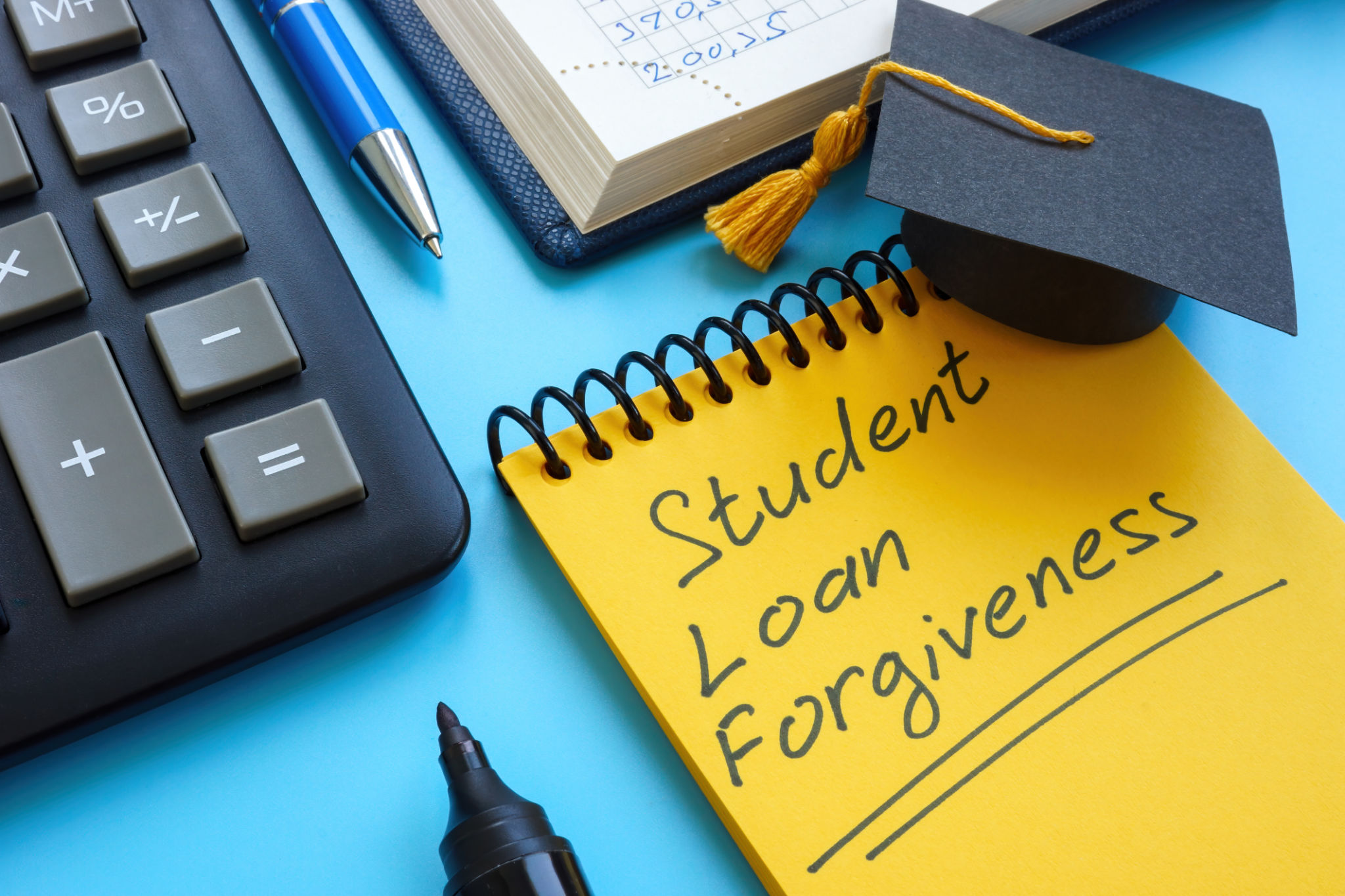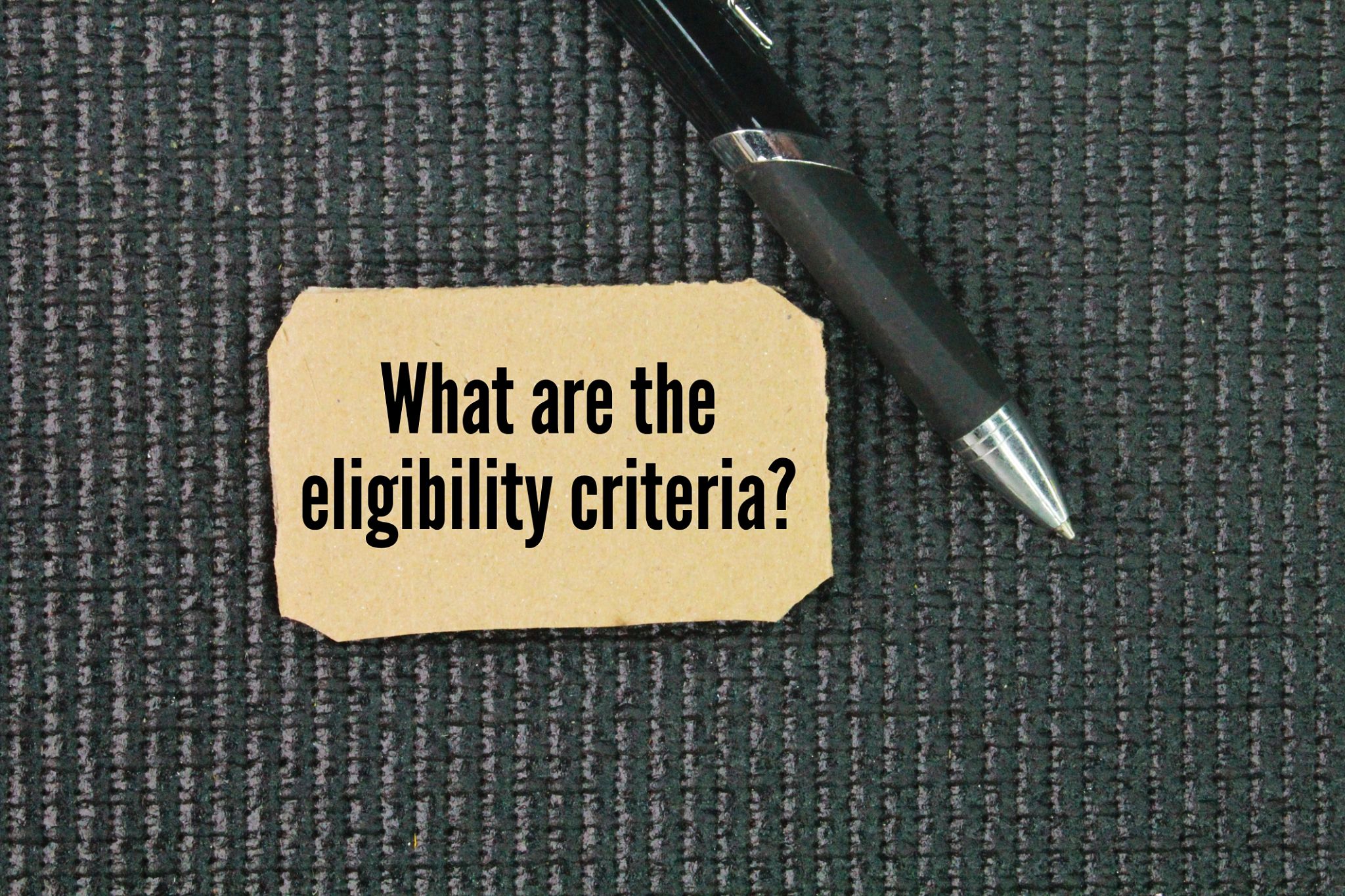Student Loan Forgiveness Programs: What You Need to Know to Qualify
Understanding Student Loan Forgiveness Programs
For many graduates, student loan debt can be a significant financial burden. Fortunately, several student loan forgiveness programs are available that can help ease this burden. These programs can forgive a portion or even the entirety of your student loans, under certain conditions. Understanding these programs is essential for anyone looking to alleviate their student debt.

Types of Student Loan Forgiveness Programs
There are several types of student loan forgiveness programs, each with its own eligibility criteria and benefits. Some of the most common include:
- Public Service Loan Forgiveness (PSLF): Designed for employees of government and non-profit organizations, this program forgives the remaining balance on Direct Loans after 120 qualifying payments.
- Teacher Loan Forgiveness: Available for teachers who have served full-time for five consecutive years in a low-income school or educational service agency.
- Income-Driven Repayment Plan Forgiveness: These plans offer forgiveness after 20 to 25 years of qualifying payments, depending on the specific plan.
Eligibility Criteria
Qualifying for student loan forgiveness programs requires meeting specific criteria. For the PSLF, you must be working full-time for a qualifying employer. Teacher Loan Forgiveness requires teaching in a low-income school, and income-driven plans require specific repayment plan enrollment. It's crucial to understand the eligibility requirements for each program to determine which one might be right for you.

Steps to Apply for Loan Forgiveness
Navigating the application process can seem daunting, but breaking it down into steps can simplify it:
- Verify your loan type: Ensure your loans are eligible federal Direct Loans. If not, you may need to consolidate them.
- Select the right program: Choose a forgiveness program that aligns with your career path and financial situation.
- Complete necessary employment certification forms: Regularly submit these forms to confirm your eligibility.
- Make qualifying payments: Stay on track with your payments, ensuring they qualify towards forgiveness.
Common Mistakes to Avoid
The path to loan forgiveness is not without its pitfalls. Some common mistakes include not consolidating ineligible loans, failing to certify employment regularly, and misunderstanding the terms of qualifying payments. Keeping informed and proactive can prevent these issues and keep you on track for forgiveness.

The Importance of Staying Informed
With regulations and policies subject to change, staying informed about the latest developments in student loan forgiveness is crucial. Regularly checking official resources such as the Federal Student Aid website or consulting with financial advisors can provide the latest information and guidance tailored to your situation.
If managed wisely, student loan forgiveness programs can significantly ease the financial strain of education debt. By understanding the available options, meeting eligibility requirements, and avoiding common mistakes, you can successfully navigate the path to loan forgiveness.
